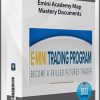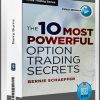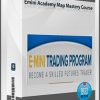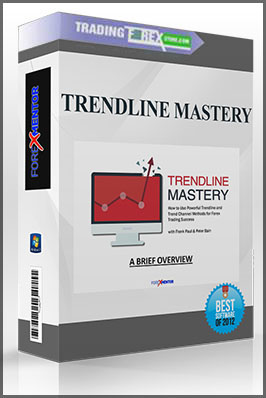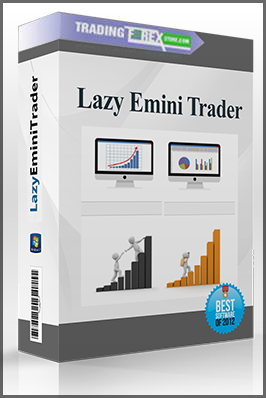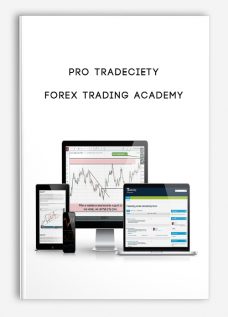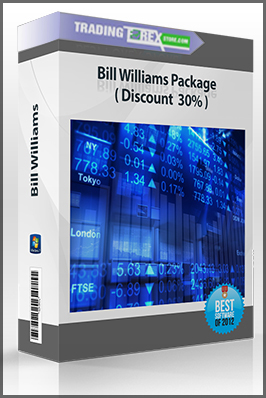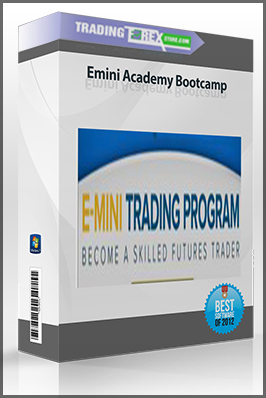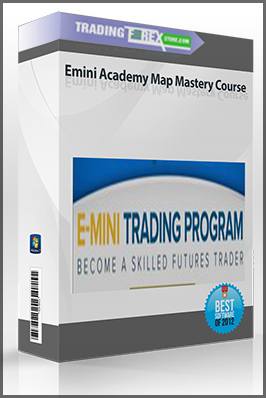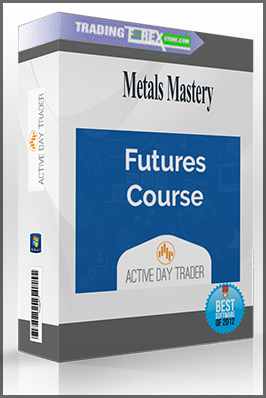Emini Academy Map Mastery Documents
$15.00
Size: 26.6 MB
You Just Pay: $15
- Description
Description
Our education process has been refined over the past 7 years, and used by thousands of our student traders around the world. This process works for new and experienced traders with trading accounts of all sizes.
Our goal is to give you a clear path for setting up your trading business, developing your skills, and ultimately achieving your trading goals. Follow these steps to get started on your trading journey…
- CHOOSE A MARKET AND TRADING TIME FRAME
There are many different markets to trade, and the first step is choosing which one is right for you. Some of the most popular markets are stocks, e-mini futures, options, Forex, and digital currencies like Bitcoin.
Here are a few things to consider when choosing a market to trade:
- Capital available to trade: The amount of money you have to trade with will be an important factor when choosing a market. Some markets have minimum requirements set by brokers or governments (listed below), where other markets have no minimum requirements. It doesn’t matter if you’re trading with $500 or $500,000, there is a market for you. Some markets allow you to use leverage, where you can grow your account quicker. Leverage can also work against you, so it’s important to implement smart risk management strategies.
- Time available to trade: Once you decide which market you want to trade, then you decide how much time you want to commit to your trading business. There’s a wide range of time frames you can trade. Some people like to trade full-time, where others can only trade 30-60 minutes a month.
Let’s take a look at the different time frames you can trade:
- Day Trading – The first (and shortest) time frame is day trading. This is where you enter and exit your position within the span of one day. In active market conditions, traders can take dozens of trades in the span of a day. The benefit to day trading is that there’s no need to stress about what the markets do overnight or when you are not actively trading.Some day traders will actively trade for 1-2 hours a day, then move on with their lives. It requires more focus in short periods of time, but also gives the freedom to not obsess about the markets 24/7.
- Swing Trading is where you hold your position over the course of 2 days to 2 weeks. This time frame can be great for people with full-time jobs, because it requires as little as a couple hours a month to enter and exit trades.
- Position Trading is a form of disciplined investing. It’s where you hold a position for months or years before cashing out. There is a big difference between position trading and just randomly buying in hope of a future price increase. Good position trading uses strategies to identify key profit zones to buy and sell. It also takes stop out levels into consideration if the markets move against the trader.
Choose A Market
There are pros and cons to each market, and it’s important to start with a market that can help you achieve your goals. Some trading education companies teach courses on every market under the sun, but our training programs are based on the markets that our team trades on a regular basis.
These are the markets we trade:
There are thousands of publicly trading companies that traders can actively buy and sell ownership, or stock, in those companies. There are many stock trading opportunities throughout the day. However, it’s crucial that you trade the right type of stocks. We stay away from stocks dominated by high-frequency trading computers that prey on individual traders. Rather, we trade highly volatile stocks with predictable patterns.
In 1997 e-mini futures were created to give individual traders the opportunity to trade markets like the S&P 500 from their home offices. The high leverage and volatility makes them an attractive market. Since the e-mini futures market attracts the best traders, it’s important to use a rules-based strategy that can help create a clear plan for when and where to take trades. We use our MAP Trading Strategy to help us determine when market conditions are ripe, and when we should stay away.
This new form of digital currency is rapidly gaining popularity, and has made for incredible trading opportunities. Although this market is still in its infancy, these markets are becoming very attractive for professional traders around the world.
- CHOOSE A TRADING STRATEGY & BROKER
After you decide what market and time frame you want to trade, then it’s time to set up your trading business. You’ll start by deciding on an online discount broker and trading platform. It’s vital to make sure you have the right broker and tools to trade, otherwise you’ll be at a disadvantage.
Some of the most important things to consider with a broker are: commissions, service, and margin requirements. For example, if you’re going to trade stocks you want to have a broker that has great borrows for shorts. If you want to trade E-mini futures, you want to trade through a broker that has low commissions, a fast data feed, and great service.
When trading Bitcoin, there is no broker. Rather, you can trade directly through the exchange. The most important thing with digital currencies is to trade with an exchange you trust. There have been horror stories of insolvent exchanges disappearing with clients’ capital. Fortunately, there are now insured and trustworthy exchanges we use to trade Bitcoin.
If you want to be a skilled and professional trader, then you need to use a professional trading platform. A trading platform is the software program you use to enter and exit your trades.
The main components of a trading platform are: charts, order entry, and account management. Platforms vary in price and features. There are hundreds of platforms available on the market, and there are only a few that we recommend.
Below is a layout for stock trading. From left to right, you’ll see: time and sales, level 2, and charts. This gives us a clear picture of a stock we’re watching to trade.
Choose A Strategy
Once you’ve decided which market and time frame you’ll trade, you need to find a strategy. People who trade without a plan of action are destined to lose. In fact, most people are unsure if they have a complete strategy to begin with.
At Daily Trading Profits we use rules-based trading strategies to help eliminate guessing and add confidence to our trading decisions.
- Stock Trader Formula – When it comes to day trading stocks, we use our Stock Trader Formula strategy. This helps us ensure we’re trading the right type of stock, finding high probability setups, and following a clear risk management plan.
- MAP Trading Strategy – For trading e-mini futures, we use a rules-based approach called the MAP Trading Strategy. This helps us determine the best market conditions for trading, and when we should not trade. We also have a variety of trade setups that help us pinpoint setups.
- Bitcoin Precision Trader – When it comes to trading Bitcoin and other digital currencies, we utilize a few different strategies from day trading to long-term position trading.
- LEARN TO TRADE WITH A SUPPORTIVE COMMUNITY
There is an over-load of information online about how to trade. Many people just end up confused and frustrated because they lack a clear plan for trading with skill and discipline.
Fortunately, trading doesn’t have to be a never ending cycle of frustration!
Our training programs are designed to take traders of all skill levels through a 3 step process to start trading with confidence:
- Learn The Foundation – No matter if you’re brand new to trading or have been trading for decades, each one of our traders starts by learning the foundation of our trading methods. This includes a step-by-step online training curriculum so you can quicly learn basic terminology, strategy basics, and everything else you’ll need to know so you can start trading.
- Develop Your Skills – In our training programs, we go beyond just talking about theory. We give our students practical steps to help them develop the skill of trading. Many traders are never even told that trading is a skill, let alone given a step-by-step plan for developing their skills. The goal of step two is to help you bridge the gap between learning the basics and trading the live market.
- Trade The Live Markets – Once you’ve learned the basics and developed your skills, then it’s time to trade the live markets. Let’s face it, trading is a lonely business, and many traders try to go it alone. Our goal has been to develop a community of professional traders that are all focused on trading the same strategies.
We offer a variety of training programs for serious traders with different schedules and budgets.


